donpayasos en KG

Dirección
Anthony Asquith
A.V. Bramble
Guión
Anthony Asquith
John Orton
Fotografía
Henry Harris
Stanley Rodwell
Annette Benson ... Mae Feather
Brian Aherne ... Julian Gordon
Donald Calthrop ... Andy Wilkes
Wally Patch ... Property Man
David Brooks ... Turner
Ella Daincourt ... Asphodel Smythe - Journalist
Chili Bouchier ... Winnie - Bathing Beauty
Tubby Phillips ... Fatty
Ian Wilson ... Reporter
Judd Green ... Lighting Man
Jack Rawl ... Hero
El marido de la actriz Mae Feather descubre que ella está teniendo un romance con el comediante Andy Wilks. Mae trama un complot para matar a su marido a través de una bala real en el arma que utilizará durante el rodaje de su nueva película, 'Prairie love'.
IMDb
[quote]Respectfully acknowledged in academic studies, Shooting Stars has nevertheless suffered for being book-ended by Hitchcock classics and ignored during the resurrection of other treasures from the 'golden age' of late British silent cinema, belying its importance in terms of both technical and thematic innovation. It marked the fiction feature debut of British Instructional Films, whose change in direction fostered a remarkable sense of freedom. Now also recognised as Anthony Asquith's directorial debut, the film was credited to supervising veteran A.V. Bramble, though Asquith was given an authorial credit beneath the title for his script, a spiky satire of the domestic film industry.
In a virtuoso opening sequence, star couple Mae Feather and Julian Gordon enact a romantic scene for their latest 'epic,' but as the camera pans back the artifice of moviemaking is exposed, as is the fragile state of the couple's marriage, establishing the film's key theme of 'real life' versus 'the movies'. As Mae flounces off set, the sequence grows in ambition, demonstrating Asquith's technically intrepid style, with a camera high in the rafters tracking her through the cavernous studio.
Performance style is another distinctive feature: Mae's unhappiness and her love for comedy star Andy Wilks are conveyed through subtle body language, and Asquith's controlled direction of the three leads is further demonstrated in the scene in which Julian catches Mae and Andy kissing, the significance of the situation dawning on each of them in turn. Similar discipline is exhibited in the use of visual prompts in place of superfluous intertitles.
The art direction and photography lend a melancholic air to the studio scenes, not least in the poignant epilogue, in which a humbled Mae is faced with the consequences of her selfishness. Shooting Stars begins as a witty and affectionate look at the smoke-and-mirrors world of filmmaking, with many a wink to its audience, but as the paranoia associated with adultery takes its toll, the mood becomes somewhat darker.
Julian initially wishes that life were "more like the movies" and takes refuge in the cinema to watch himself and Mae perform a fantasy of virtue and heroism (the innovatory 'film-within-a-film' motif is inescapable). Yet Asquith's vision is far from idealistic, and the tawdry pretence of Mae and Julian's action-romances and Andy's sub-Chaplin slapstick routines serve as a reminder that real life contains far greater drama and pathos than anything churned out in a film studio.[/quote]
BFI - Screen on line
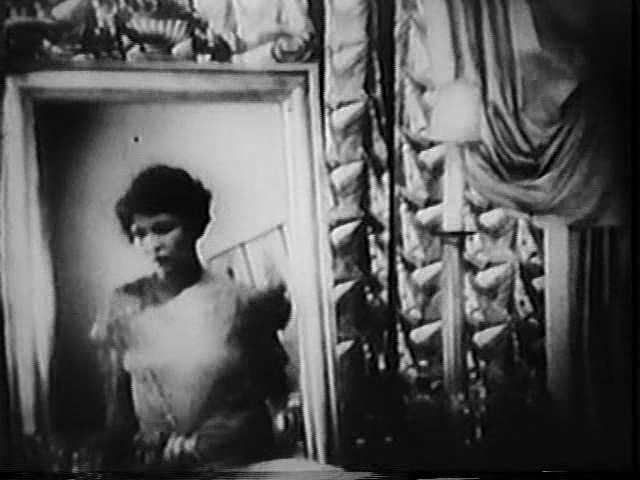
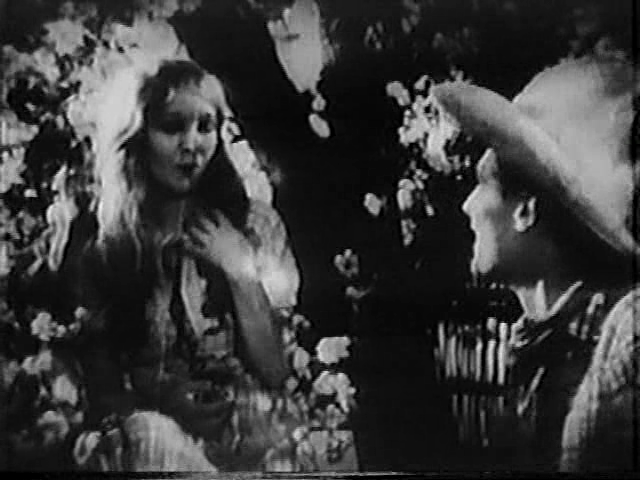
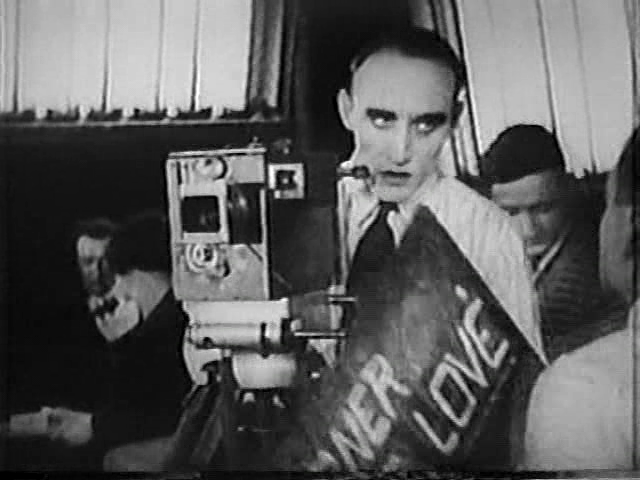
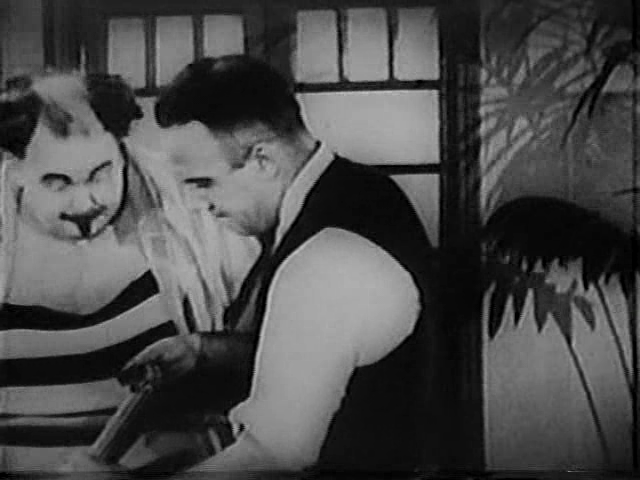
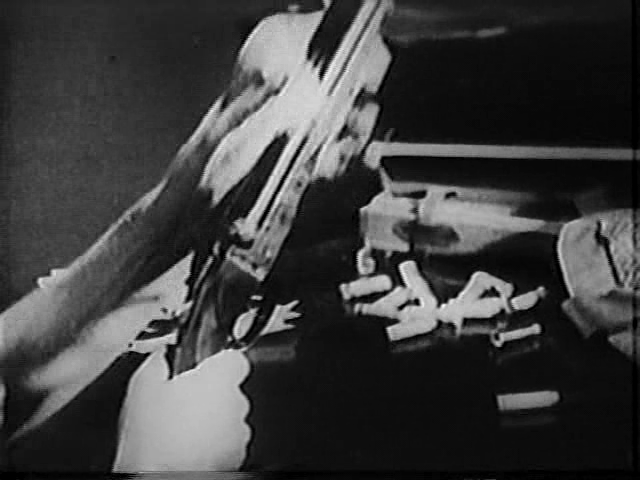
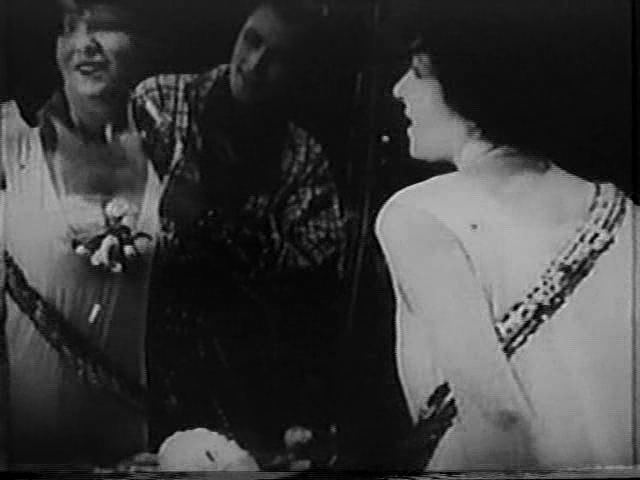

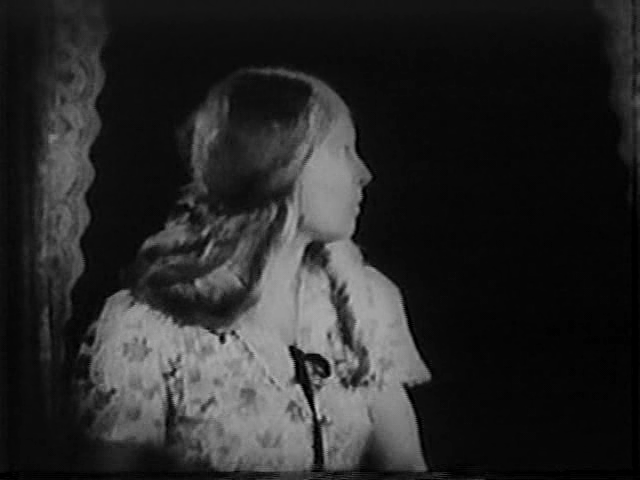
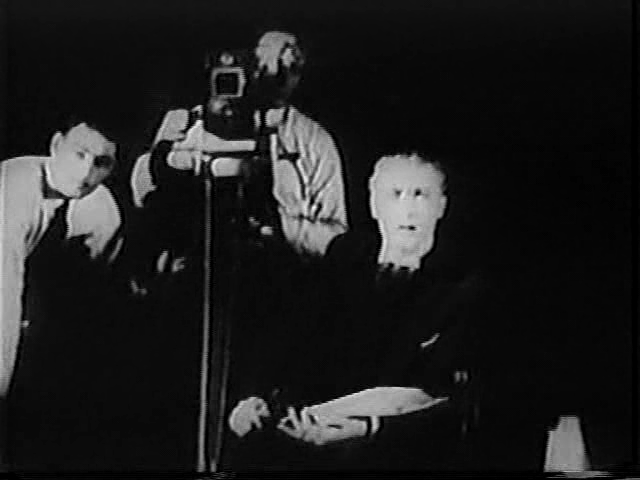
Primera película de Anthony Asquit (1902-1968) realizada en los últimos años del silente; tras esta rodaría la extraordinaria A cottage in Dartmoor (1929).
Gusto por el desdoblamiento (cine-teatro, dos rodajes paralelos, muchos espejos y reflejos) por la traición y el dramatismo.
 Shooting stars (1928).avi
Shooting stars (1928).avi 

Dirección
Anthony Asquith
A.V. Bramble
Guión
Anthony Asquith
John Orton
Fotografía
Henry Harris
Stanley Rodwell
Annette Benson ... Mae Feather
Brian Aherne ... Julian Gordon
Donald Calthrop ... Andy Wilkes
Wally Patch ... Property Man
David Brooks ... Turner
Ella Daincourt ... Asphodel Smythe - Journalist
Chili Bouchier ... Winnie - Bathing Beauty
Tubby Phillips ... Fatty
Ian Wilson ... Reporter
Judd Green ... Lighting Man
Jack Rawl ... Hero
El marido de la actriz Mae Feather descubre que ella está teniendo un romance con el comediante Andy Wilks. Mae trama un complot para matar a su marido a través de una bala real en el arma que utilizará durante el rodaje de su nueva película, 'Prairie love'.
IMDb
[quote]Respectfully acknowledged in academic studies, Shooting Stars has nevertheless suffered for being book-ended by Hitchcock classics and ignored during the resurrection of other treasures from the 'golden age' of late British silent cinema, belying its importance in terms of both technical and thematic innovation. It marked the fiction feature debut of British Instructional Films, whose change in direction fostered a remarkable sense of freedom. Now also recognised as Anthony Asquith's directorial debut, the film was credited to supervising veteran A.V. Bramble, though Asquith was given an authorial credit beneath the title for his script, a spiky satire of the domestic film industry.
In a virtuoso opening sequence, star couple Mae Feather and Julian Gordon enact a romantic scene for their latest 'epic,' but as the camera pans back the artifice of moviemaking is exposed, as is the fragile state of the couple's marriage, establishing the film's key theme of 'real life' versus 'the movies'. As Mae flounces off set, the sequence grows in ambition, demonstrating Asquith's technically intrepid style, with a camera high in the rafters tracking her through the cavernous studio.
Performance style is another distinctive feature: Mae's unhappiness and her love for comedy star Andy Wilks are conveyed through subtle body language, and Asquith's controlled direction of the three leads is further demonstrated in the scene in which Julian catches Mae and Andy kissing, the significance of the situation dawning on each of them in turn. Similar discipline is exhibited in the use of visual prompts in place of superfluous intertitles.
The art direction and photography lend a melancholic air to the studio scenes, not least in the poignant epilogue, in which a humbled Mae is faced with the consequences of her selfishness. Shooting Stars begins as a witty and affectionate look at the smoke-and-mirrors world of filmmaking, with many a wink to its audience, but as the paranoia associated with adultery takes its toll, the mood becomes somewhat darker.
Julian initially wishes that life were "more like the movies" and takes refuge in the cinema to watch himself and Mae perform a fantasy of virtue and heroism (the innovatory 'film-within-a-film' motif is inescapable). Yet Asquith's vision is far from idealistic, and the tawdry pretence of Mae and Julian's action-romances and Andy's sub-Chaplin slapstick routines serve as a reminder that real life contains far greater drama and pathos than anything churned out in a film studio.[/quote]
BFI - Screen on line
Código: Seleccionar todo
--- File Information ---
File Name: shootingstars.avi
File Name (with full path): C:Documents and SettingsMeMy DocumentsDownloadsshootingstars.avi
File Size (in bytes): 734,199,808
--- Container Information ---
Base Type (e.g "AVI"): AVI(.AVI)
Subtype (e.g "OpenDML"): OpenDML (AVI v2.0),
Interleave (in ms): 96
Preload (in ms): 96
Audio alignment("split across interleaves"): Split
Total System Bitrate (kbps): 0
Bytes Missing (if any): 0
Number of Audio Streams: 1
--- Video Information ---
Video Codec Type(e.g. "DIV3"): XVID
Video Codec Name(e.g. "DivX 3, Low-Motion"): XviD ISO MPEG-4
Video Codec Status(e.g. "Codec Is Installed"): n.a. (disabled in GSpot settings)
Duration (hh:mm:ss): 1:01:02
Frame Count: 109740
Frame Width (pixels): 640
Frame Height (pixels): 480
Storage Aspect Ratio("SAR")" 1.333
Pixel Aspect Ratio ("PAR"): 1.000
Display Aspect Ratio ("DAR"): 1.333
Fields Per Second:
Frames Per Second: 29.970
Pics Per Second: 29.970
Video Bitrate (kbps): 1404
MPEG-4 ("MPEG-4" or ""): MPEG-4
B-VOP ("B-VOP" or ""): B-VOP
QPel ("QPel" or ""):
GMC ("GMC" or ""):
NVOP ("NVOP" or ""):
H264 ("H264" or ""):
Quality Factor (bits/pixel)/frame: 0.152"
MPEG-2 ("MPEG-2" or ""):
Interlaced ("I/L" or ""):
Progressive ("Prog" or ""):
Top Frame First ("TFF" or ""):
Bottom Frame First ("BFF" or ""):
3:2 Pulldown ("3:2" or ""):
Picture-per-field ("PPF" or ""):
--- Aspect Ratio Related ---
Broadcast standard: "PAL" (else blank)
Broadcast standard: "NTSC" (else blank)
src:"VCD", "SVCD", "CVD", or "DVD (else blank):
Instructions to convert to VCD, first part:
Instructions to convert to VCD, second part:
Instructions to convert to SVCD, first part:
Instructions to convert to SVCD, second part:
Instructions to convert to CVD, first part:
Instructions to convert to CVD, second part:
Instructions to convert to DVD, first part:
Instructions to convert to DVD, second part:
Instructions to convert to AVI, first part:
Instructions to convert to AVI, second part:
--- Audio Information ---
MPEG Stream ID (e.g. "0xbd"):
MPEG VOB file Substream(e.g. "0x80"):
Audio Codec (e.g. "AC3"): 0x2000 (Dolby AC3) AC3
Audio Codec Status (e.g. "Codec Is Installed"): n.a. (disabled in GSpot settings)
Audio Sample Rate (Hz): 48000
Audio Bitrate(kbps): 192
Audio Bitrate Type ("CBR" or "VBR"): CBR
Audio Channel Count (e.g. "2" for stereo): 2








Primera película de Anthony Asquit (1902-1968) realizada en los últimos años del silente; tras esta rodaría la extraordinaria A cottage in Dartmoor (1929).
Gusto por el desdoblamiento (cine-teatro, dos rodajes paralelos, muchos espejos y reflejos) por la traición y el dramatismo.